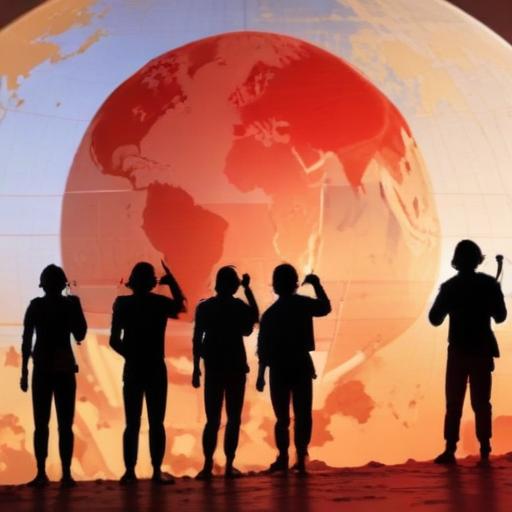A global health alert has been issued as the World Health Organization (WHO) highlights the escalating risk of a chikungunya epidemic, a viral disease gaining visibility once again after previously infecting millions. WHO’s Diana Rojas Alvarez notes that the indicators today mirror those that led to the significant outbreaks in 2004-2005, which expanded globally from island nations. Currently, chikungunya is re-emerging notably in Indian Ocean islands, parts of Africa, South Asia, and even Europe.
Chikungunya is often confused with dengue or Zika due to overlapping symptoms, but it is characterized by intense joint pain and stiffness, giving its name—derived from a Makonde word meaning “to become contorted.” Common symptoms typically appear 4 to 8 days post-exposure and include sudden high fever, debilitating joint pain, muscle pain, fatigue, rash, and swelling of joints. The illness duration is usually 7–10 days, but joint pain can persist for months or years, resembling arthritis and impacting daily life, particularly for older adults and individuals with weakened immune systems.
WHO’s assessment shows that around 5.6 billion people in 119 countries are now at risk, including regions traditionally outside of endemic zones, such as parts of Europe and Asia, where the invasive tiger mosquito (Aedes albopictus) thrives due to climate change. Recent data indicates alarming infection rates; for instance, nearly one-third of La Réunion’s population was infected in just 2025, with local transmission reported in France and Italy, signaling that chikungunya is no longer just a tropical issue.
Preventive measures remain critical, as chikungunya is not transmitted from person to person but rather through the bites of infected mosquitoes, which are most active during the day. Key recommendations include eliminating stagnant water where these mosquitoes breed, using mosquito repellents that contain DEET or other effective substances, wearing protective clothing, and using mosquito screens in homes. While community fogging can help, it is essential that proper waste management and water container checks continue to prevent mosquito breeding.
The resurgence of mosquito-borne diseases is increasingly linked to climate change. Experts urge nations to enhance disease surveillance, boost early detection systems, and prepare healthcare infrastructures for potential outbreaks. Tackling chikungunya is not just a matter of public health; it is closely tied to climate crisis strategies as well.
In light of these challenges, community awareness and proactive measures can help mitigate the risks associated with chikungunya. There is hope in collective efforts and preparedness to handle potential outbreaks, ensuring public health systems are resilient and ready to respond effectively.
